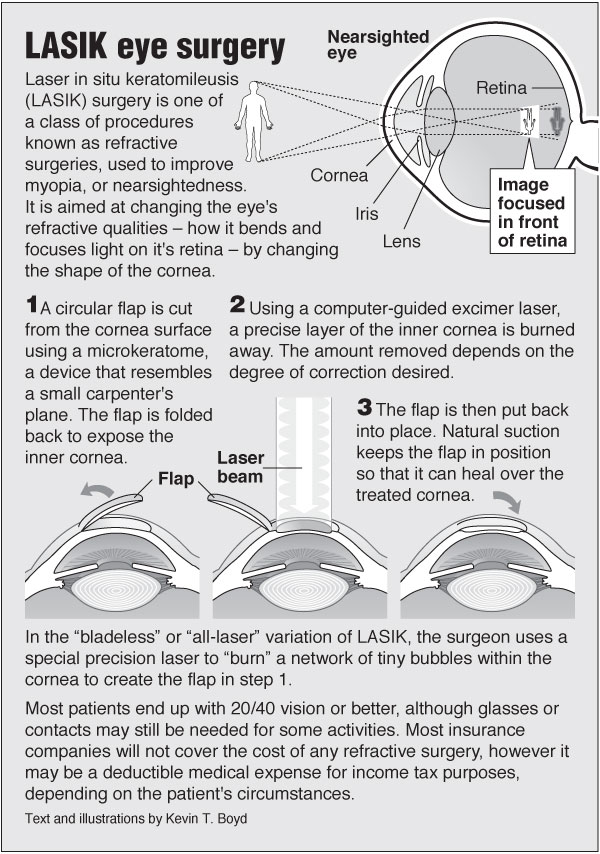How Can Recognizing And Resolving Typical Pediatric Eye Conditions Improve Your Youngster'S Vision And Total Advancement?

Post Produced By-Pruitt Gardner
When it comes to your youngster's vision, identifying usual pediatric eye conditions is important. Issues like refractive errors, amblyopia, and strabismus can influence their every day life and growth. You may observe signs like squinting or problem focusing, but comprehending these problems is simply the start. There work therapies readily available, and understanding what to try to find can make a significant distinction in your child's visual health and wellness. What steps can you take to ensure they receive the most effective care?
Refractive Mistakes: Comprehending Nearsightedness and Farsightedness
Refractive mistakes prevail vision problems in kids that can considerably impact their capacity to learn and play.
Nearsightedness, or nearsightedness, makes distant things appear blurred, while close-up jobs like analysis might appear penalty. You might see your kid squinting or resting too close to screens.
On the other hand, farsightedness, or hyperopia, triggers nearby challenge appear fuzzy, making it tough for your youngster to read or do homework comfortably.
Both problems can prevent your kid's academic performance and social interactions. Routine eye exams are important for very early detection.
If your child has a refractive mistake, rehabilitative lenses or various other treatments can improve their vision, helping them prosper in college and play.
Do not wait; setting up an eye test is crucial!
Amblyopia: The Effect of Lazy Eye
While refractive mistakes can influence your kid's vision, one more significant issue is amblyopia, commonly referred to as careless eye. This condition takes place when one eye doesn't create correct vision, typically leading to a dependence on the stronger eye.
If left untreated, amblyopia can cause irreversible vision problems. You may see your kid having problem with deepness understanding or frequently squinting. Early detection is crucial, so normal eye exams are necessary.
Treatment choices commonly include restorative eyeglasses, eye patches, or vision treatment to strengthen the weaker eye. By dealing with amblyopia promptly, you can help your child achieve better aesthetic skills, ensuring they do not miss out on crucial developing milestones.
Strabismus: Attending To Eye Placement Issues
Strabismus, or misalignment of the eyes, can substantially affect your kid's vision and deepness understanding. When the eyes don't straighten properly, one eye may kip down, out, up, or down, bring about obstacles in seeing the world properly.
You might discover your child scrunching up your eyes, tilting their head, or having difficulty with depth assumption. Early medical diagnosis is essential, as therapy choices can consist of spectacles, vision therapy, and even surgical treatment, depending on the intensity.
By addressing strabismus without delay, you can aid enhance your child's visual skills and lifestyle. https://www.google.com/search?q=Pediatric+Eye+Specialists&ludocid=2904167923353436956&lpsid=CIHM0ogKELaA88Sny8aDBw&source=sh/x/localposts/m1/1&lsig=AB86z5WSFcui0RavWt1sdi7ikcS4&shndl=-1&shem=sdl1pl&kgs=fa7eb12e8ad83f92 are crucial, particularly if there's a family history of eye conditions.
https://pontevedrarecorder.com/stories/eye-surgeons-practice-model-of-success-during-pandemic,12317 hesitate to seek advice from a pediatric eye specialist for assistance and assistance.
Final thought
To conclude, recognizing and addressing typical pediatric eye conditions is essential for your kid's aesthetic growth and general wellness. By comprehending refractive errors, amblyopia, and strabismus, you can be positive in looking for timely interventions. Whether it's via rehabilitative glasses, vision treatment, or medical alternatives, very early therapy can make a significant distinction. Do not hesitate to seek advice from an expert if you discover any indicators; taking action currently guarantees your youngster can grow in their understanding and social interactions.

